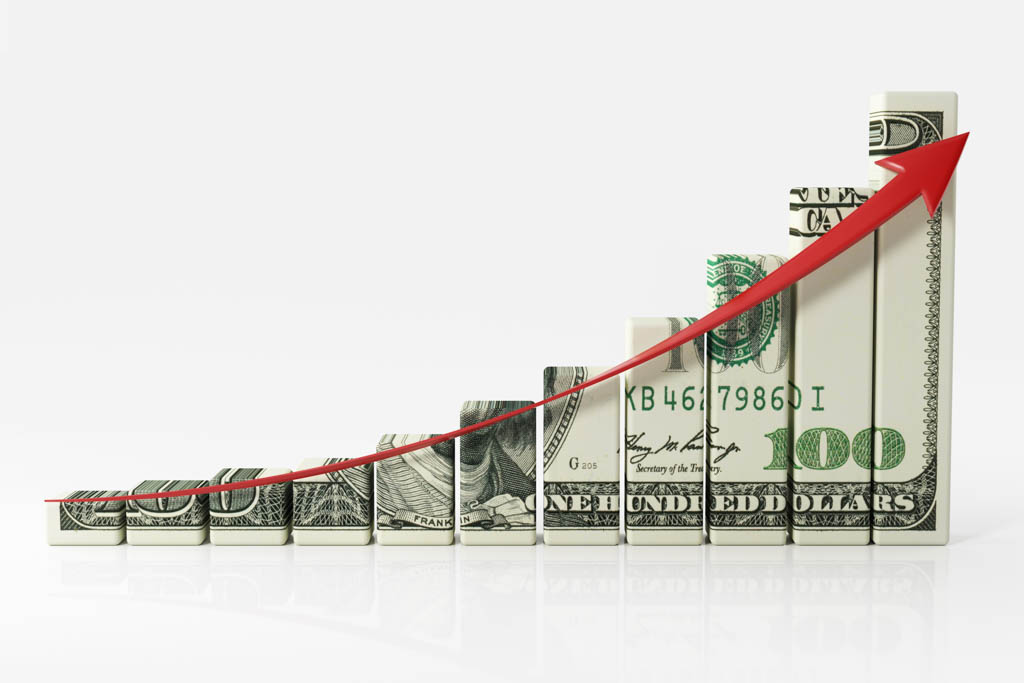It’s not hard to calculate the price of a gym.
If you’re looking to sell, you can listen to this podcast and even use our Gym Valuation tool.
Many gym owners seeking to sell are shocked to find out that their business isn’t worth much to a buyer.
But the value of a gym goes far beyond its sale price.
Determining True Value
When I was selling treadmills around 2000, I happened to stumble on Robert Cialdini’s incredible book “Influence.” I learned that people don’t value things appropriately. I looked at our treadmills—selling for $3,000 and up compared to department-store models priced at under $1,000—and had an idea. I printed off big signs:
“Heart Attack: $54,000”
“Diabetes: $23,000 per year”
And so on.
I wanted to show people the cost of not exercising. That cost is far greater than the retail price of an indoor walker.
A gym business might be valued a few different way.
But the true cost of a gym closing is far more than its retail value.
Microgyms: An Asset to the Taxpayer
If a gym maintains 150 clients with an annual churn rate of 30 percent and stays open for 10 years, it will serve 1,950 people.
If that gym stays the same size but stays open for 30 years, it will serve 5,850 people.
It will influence a multiple of that number because families change their behavior when one member changes his or her own.
Americans spent $10,739 per person on health-care in 2017, according to this report. And according to this report, being overweight or obese accounted for 47 percent of that cost—$5,047.33 per person per year, or $1.1 trillion.
Most of my clients aren’t obese. But more than 50 percent list “weight loss” as a primary goal when we meet for the first time. My gym is also in Canada, where our obesity rates are much lower than those in the U.S.
But supposing 10 percent of a microgym’s clients are obese and can stick with the program long enough to reverse their chronic conditions, a 10-year gym could save the economy money.
Here’s the math:
$10,739 per person per year X 47% = $5,047.33 per person
1,950 clients x 10% = 195 people cured of obesity in 10 years
195 people X $5047.33 = $984,229.35 in health-care savings over a decade.
That means every gym that stays open for 10 years is a million-dollar asset to the taxpayer.
Now, maybe your gym has fewer people who are trying to cure their obesity. Adjust the number accordingly (10 percent was an empirical guess).
Commerce and Community
So what’s the real cost of a gym closing?
Economically: close to a million dollars every decade, if it had stayed open.
Socially: We lose longer, happier lifespans. And community support, as well as confidence, care and a multi-generational influence toward health.
What if that woman never quits her job to open a gym? The price is immeasurable.
The cost to buy a gym can be measured in dollars. The cost to keep a gym open can be measured in lifetimes.
The cost to open a gym is tiny. The cost of closing a gym is huge.
That’s why I want to make gym owners wealthy: Even if they never give a dollar or a minute to charity, their health platform is still enough to help save our culture.
Need advice on common business problems? Click here to book a free call with a certified Two-Brain Business mentor.

